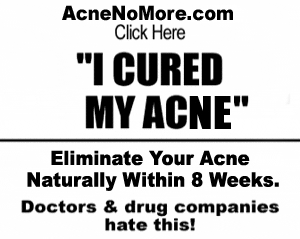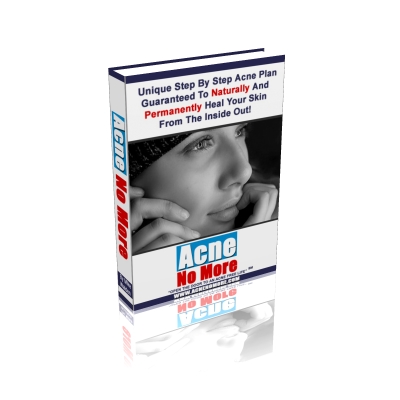Acne Cyst
Acne is a distressing skin ailment that affects millions of people at some point in their lives. This widespread condition, which primarily impacts teenagers, varies in severity from mild to severe. It is characterized by the presence of unsightly pimples, blackheads, and acne cysts on the face, neck, chest, and back.
Delving deeper into the realm of acne cysts, it's essential to note that they result from a bacterial infection occurring deep within the skin. Unlike blackheads and whiteheads, acne cysts are large, inflamed lesions that contain pus.
Related:Acne Cure: Rediscover Your Confidence with Effective Solutions
The development of an acne cyst can be attributed to the fact that when the contents of a clogged pore seep into the skin, a significant local immune response is triggered. While acne cysts may resemble nodules, the key distinction lies in the fact that cysts are filled with pus. Furthermore, acne cysts typically measure 5mm or more in diameter. These cysts are just one of the several signs of severe acne and can lead to pain and scarring if not properly addressed.
Thankfully, there are treatments available to combat and prevent acne cysts. Numerous approaches prove effective in fighting against acne cysts and the resultant scarring. However, the most crucial aspect of preventing the formation of cysts lies in resisting the temptation to squeeze, pick, or pinch the lesions. Engaging in such actions only increases the risk of deeper infection and exacerbates painful inflammation, which can prolong the healing process.
The treatment of acne cysts typically involves a combination of oral and topical antibiotics, which effectively combat acne and prevent scarring. In cases of moderate to severe acne cysts, antibiotherapy is often the primary therapeutic method. Antibiotics target and eliminate the microorganisms, such as propionibacterium spp, that colonize the sebaceous follicles in the skin.
In recent years, a new trend has emerged in the medical field, involving the use of specific bacterial resistances against certain antibiotics. This innovative approach necessitates careful consideration of both the antibiotics prescribed and the manner of administration to control the risk associated with acne cysts. One noteworthy example of such treatment is the use of oral minocyclines, known for their potent anti-acne properties. Although various treatments are available on the market, it is advisable to consult a healthcare professional before choosing a specific option to achieve optimal results.
When faced with the distressing presence of acne cysts, it is natural to feel a range of emotions. However, by understanding the nature of this condition and following the recommended treatment and prevention strategies, it is possible to effectively combat acne cysts and minimize the risk of scarring. Remember, seeking guidance from a healthcare professional ensures that you receive the most suitable treatment tailored to your specific needs. Don't let acne cysts hold you back—take proactive steps towards healthier, clearer skin today.


















0 Comments